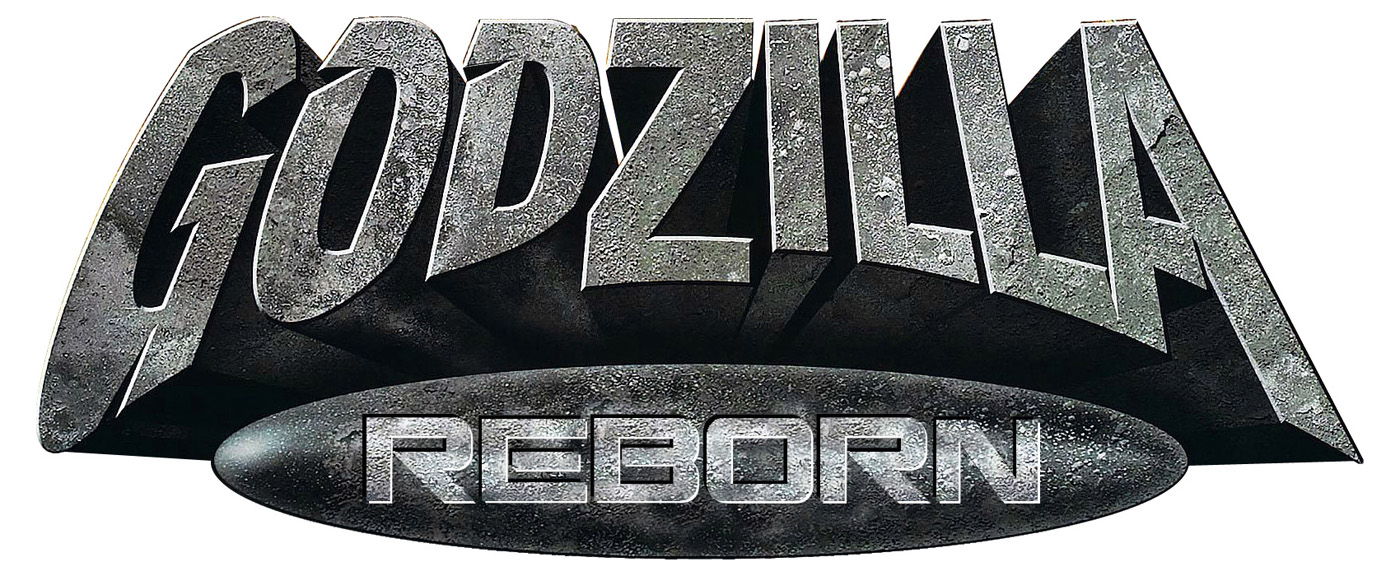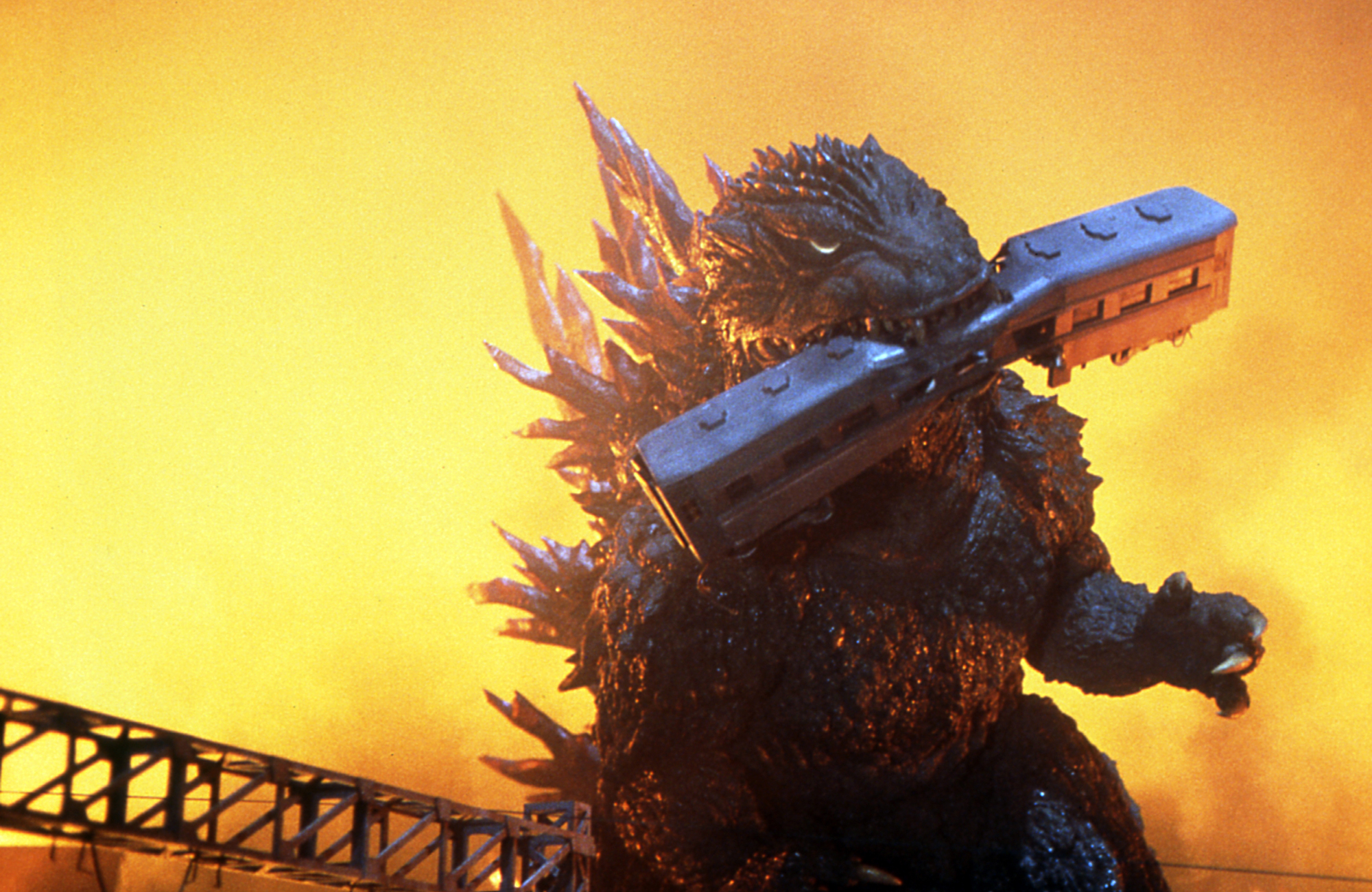 A sequel to GODZILLA 2000, produced in America with traditional special effects by Toho`s FX artists, was pitched to Sony Pictures in 2001. Photo courtesy of Sony Pictures Entertainment. © 2000 Toho Co., Ltd.
A sequel to GODZILLA 2000, produced in America with traditional special effects by Toho`s FX artists, was pitched to Sony Pictures in 2001. Photo courtesy of Sony Pictures Entertainment. © 2000 Toho Co., Ltd.An Interview with Michael Schlesinger on His Unmade Project, GODZILLA REBORN
Author: Steve Ryfle
Special Thanks to Dan Ross and Garry Hayes
A SCIFI JAPAN EXCLUSIVE
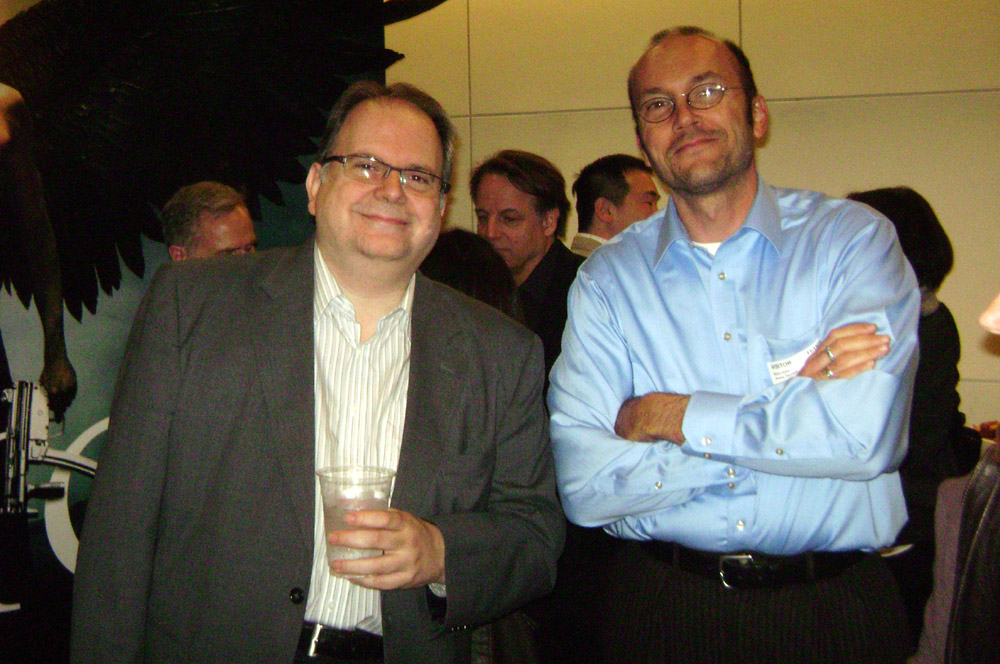 Michael Schlesinger and Steve Ryfle at a 2009 screening of the original MOTHRA on the Sony Studios lot in Culver City.
Michael Schlesinger and Steve Ryfle at a 2009 screening of the original MOTHRA on the Sony Studios lot in Culver City.Legendary’s GODZILLA is just the latest in a series of attempts to adapt the Japanese monster in Hollywood’s image dating back to the 1980s. Most of these projects are well documented: Steve Miner’s proposed stop-motion film, the aborted Jan DeBont project, Yoshimitsu Banno’s proposal for Japanese-American IMAX 3-D co-production, and a sequel to TriStar’s 1998 film, directed by Roland Emmerich, that was to be set in Australia.
A little known fact, however, is that an American-made sequel to the Japan-made GODZILLA 2000 MILLENNIUM was briefly floated -- a low-budget (by Hollywood standards) project with man-in-suit effects to be produced by Toho technicians. GODZILLA REBORN was the brainchild of one Michael Schlesinger, who is well respected for his work distributing and supporting the preservation of classic films. Schlesinger is also an independent producer and director, whose short IT’S A FRAME-UP (2013), an ode to classic two-reel comedies, has received fine notices. Schlesinger produced and wrote the U.S. version of GODZILLA 2000, turning a rather turgid entry in the classic series into a high-spirited adventure, and it was following the completion of that project that the idea for GODZILLA REBORN was hatched.
Schlesinger recently answered a few questions about this unique footnote in Godzilla history.
Steve Ryfle: Let`s start at the beginning. How and when did the idea for GODZILLA REBORN first occur to you? And under what circumstances did you write the script for Sony?
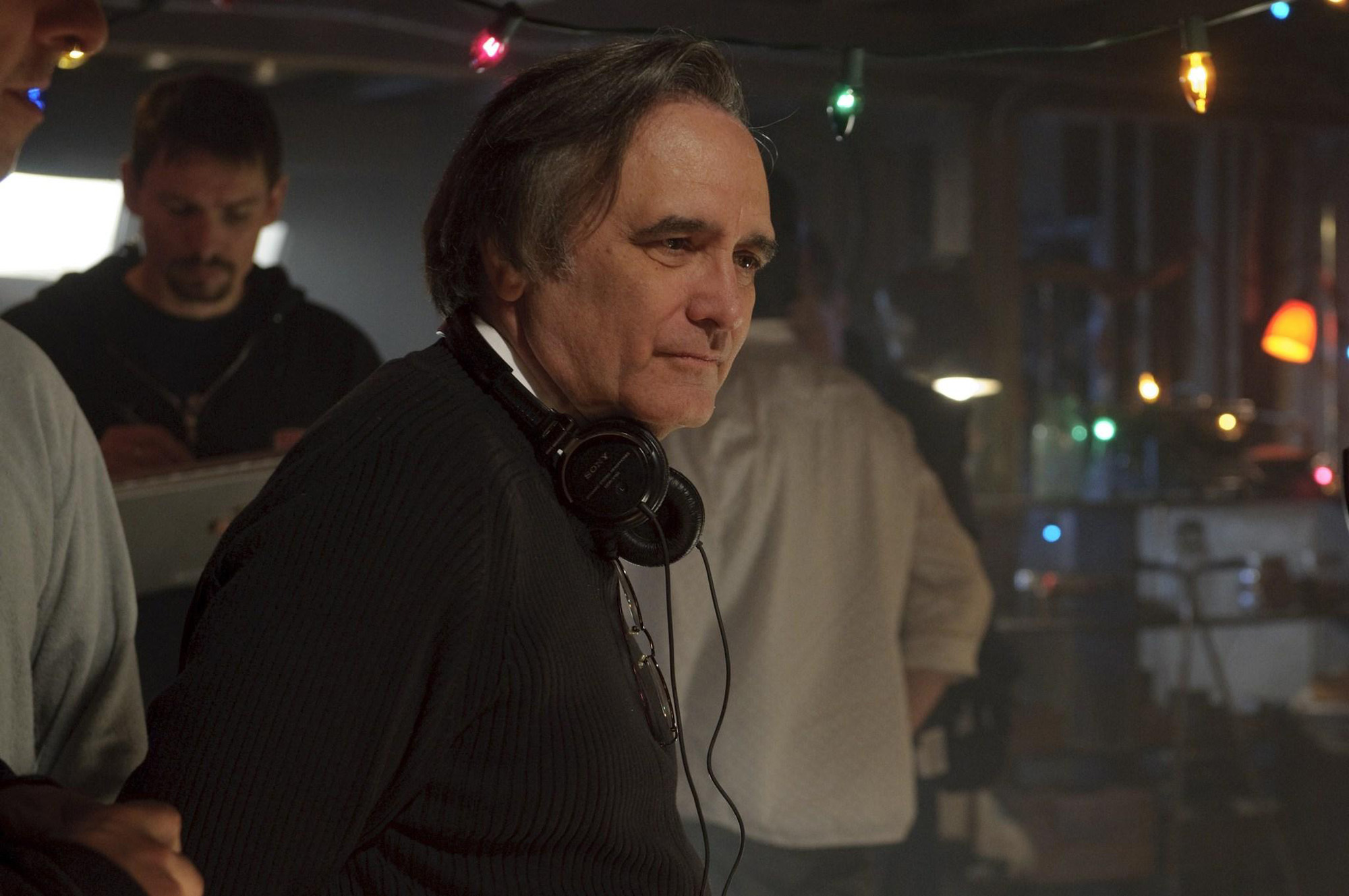 Godzilla fan Joe Dante (PIRANHA, THE HOWLING, GREMLINS) was intended to direct GODZILLA REBORN. © 2014 The Hole - Movie
Godzilla fan Joe Dante (PIRANHA, THE HOWLING, GREMLINS) was intended to direct GODZILLA REBORN. © 2014 The Hole - MovieMichael Schlesinger: Believe it or not, it started as a joke. I`m friends with Joe Dante and Jon Davison, and one day late in 2000, I bumped into Jon on the lot -- he was producing THE SIXTH DAY at the time. I mentioned that Toho had liked our version [of GODZILLA 2000] so much that they were using it in some other countries where it hadn`t yet opened, such as India, and were even playing it in Tokyo for a week before GODZILLA VS. MEGAGUIRUS opened. Jon said, "Yep, you`re really Mr. Godzilla now." I replied, "Yeah, and if this company [Sony] is smart, they`ll get you, me and Joe to do the next American one." He laughed and said, "Hey, we`re there," and then we moved on.
Now, I`d been kidding, but the more I thought about it, the more it made sense. The situation was analogous to STAR TREK: a lot of people had problems with the first film, so Paramount said, "Okay, fine, let`s give `em what they want -- a cheap movie that looks like the TV show." And thus was born THE WRATH OF KHAN and the franchise was saved. I felt we could do the same thing with Godzilla. So I called Jon and Joe and asked if they`d be interested in my pursuing this, and they both said absolutely.
I then went in to see the head of production at Columbia, and pitched him the idea of us doing a modestly budgeted man-in-suit film, using Toho`s effects people. Their Godzilla films were running about $10-12 million at the time, so figuring a bigger budget to allow for American actors and other factors, I felt we could do it for around $20 million -- about a sixth of what the Emmerich film cost. He liked the idea, but was not in a position to set this kind of project in motion. However, if I were willing to write a script on spec, that would make it a lot easier. That was fine with me, and I promptly set to typing.
 Michael produced and wrote the American version of GODZILLA 2000. Photo courtesy of Sony Pictures Entertainment. © 1999 Toho Co., Ltd.
Michael produced and wrote the American version of GODZILLA 2000. Photo courtesy of Sony Pictures Entertainment. © 1999 Toho Co., Ltd.Steve Ryfle: Our readers may know you as the producer of the American version of GODZILLA 2000 and perhaps for your work on writer-director Larry Blamire`s retro-horror films. But they may not know you as a writer. Tell us a bit about your background as a writer, including any prior or later projects (produced or not), and about your tastes and influences.
Michael Schlesinger: Wait -- people know me?
My background as a writer is the same as a zillion others. Moved out here to write, wrote a lot, never sold anything (though the pen was poised over the check a couple of times, which is perhaps more heartbreaking than an outright "no"). The American script of G2K was the first thing I`ve written that actually got made, though I received neither payment nor screen credit, which probably puts me in the Guinness Book. (Not that I`m complaining -- how many people get to make a movie with a relatively free hand?) Most of my scripts are comedies of one sort or another, and generally feature smart, attractive people in improbable situations -- very classic Hollywood. Influences? The usual: Hawks, Wilder, Hecht, Chuck Jones/Michael Maltese, along with S.J. Perelman (devoured him in college). Steve Allen was a huge influence when I was a kid watching TV, as were Groucho, Jack Benny and Carl Reiner. I think you can sense the trend here. And Mel Brooks is my God.
Steve Ryfle: Your taste in comedy certainly explains the humor of GODZILLA REBORN, which can be read simultaneously as a satire of the genre and just a good old-school monster movie. (I also liked the odd Yiddish phrase here and there, which may be a nod to Perelman.) It reminded me of some of Joe Dante`s early films, which tread that line similarly. You mentioned that Dante was essentially lined up to direct it. Did he, or anyone else, collaborate with you on the script?
 Title page for the GODZILLA REBORN screenplay. © Michael Schlesinger. GODZILLA TM & © Toho Co., Ltd.
Title page for the GODZILLA REBORN screenplay. © Michael Schlesinger. GODZILLA TM & © Toho Co., Ltd.Michael Schlesinger: Well, I wasn`t so much satirizing as having fun with some of the conventions of the genre. (The Jewish character was the standard New York stereotype typical of folks like Brooks, Neil Simon and Larry Gelbart.) My concept was to approach it like an Aaron Sorkin script: the characters bicker and banter, but are basically united against a common problem. Part of the problem with most Godzilla films is that the human characters take themselves so-o-o-o seriously, and that`s a large part of why the monster scenes seem funny by comparison. My belief was that by keeping the human scenes light-hearted and the monster scenes serious, audiences would at best be less inclined to laugh at the monster scenes, or at worst, they`d be laughing throughout -- but at least that`s a consistent tone. I wrote it entirely myself. Joe`s main comment was, "If you were going for Sorkin, you succeeded." A great compliment, to be sure, though I`m not entirely sure Sorkin himself would be flattered! But he`s as good as it gets right now.
Steve Ryfle: The big resurgence in special-effects films over the past 20-odd years was largely built upon self-reflexive material like INDEPENDENCE DAY or MARS ATTACKS! Not saying your script reads like those, but it’s closer in spirit to that kind of material than the more serious, Christopher Nolan-influenced wave. In light of the way this type of film has evolved, if you were writing this today, how might your approach change?
Michael Schlesinger: Well, to be perfectly frank, today I wouldn’t be writing it at all. In 2001, you could still get away with a man-in-suit picture. But in an era where we’re annually inundated with a dozen or more CGI-drenched orgies of destruction, audiences (or at least the teens that the studios now covet) would summarily reject the entire notion. Though if I were writing it as a CGI-drenched orgy of destruction, I would still keep the comedic tone -- it seems to work very well for Marvel. (Actually, I’d love to write a movie focusing on the insurance companies and contractors. New York gets leveled so many times nowadays that there’s gotta be a picture in there somewhere. In fact, I jokingly referenced this in the script.) The fact that the new version is utterly devoid of humor of any sort -- even though there are a number of plot similarities -- seems to indicate that my approach would not have been well-received by the new production team.
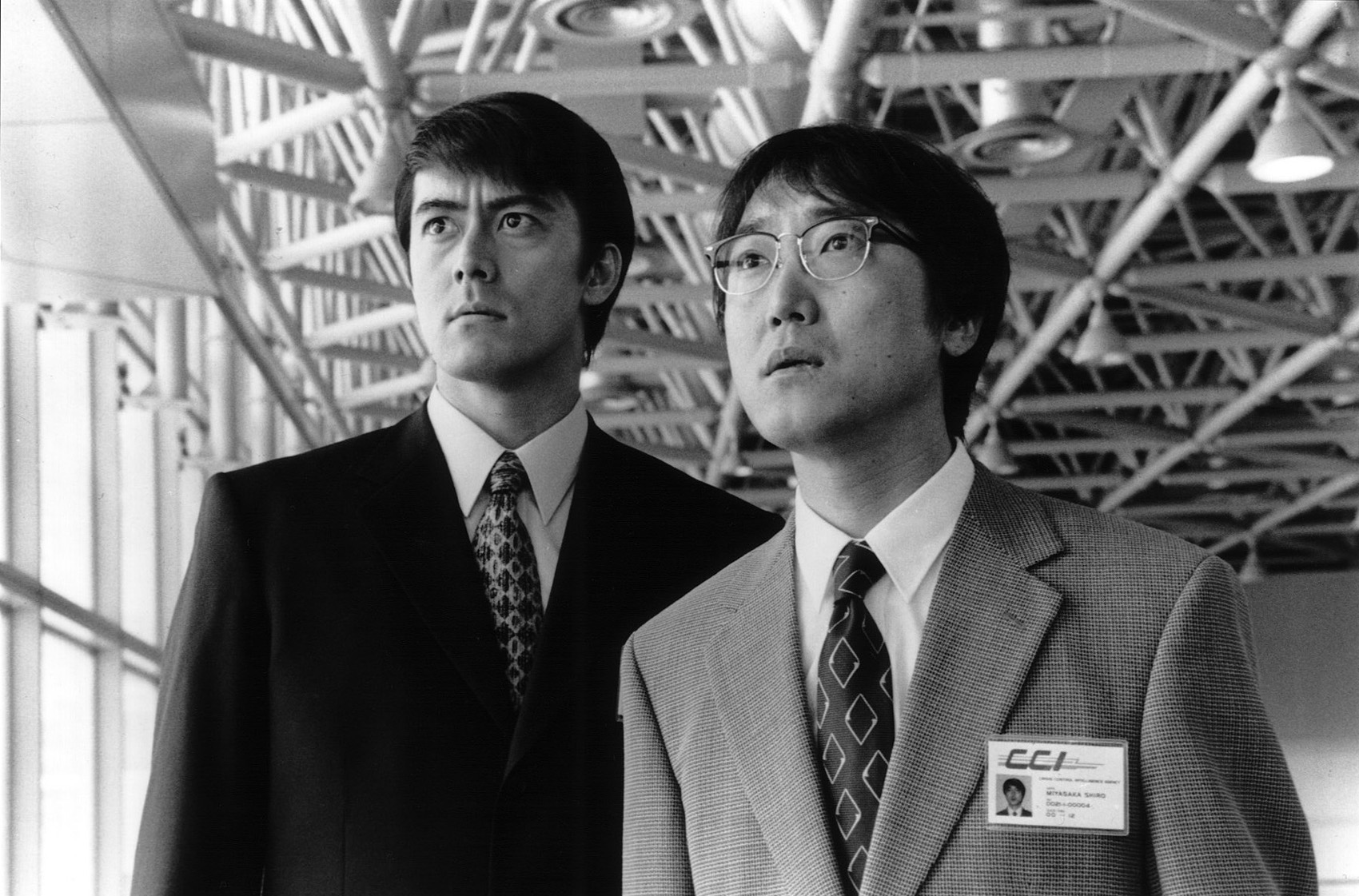 GODZILLA REBORN would have have brought back the scientist Shiro Miyasaka, played by Shiro Sano (right) in GODZILLA 2000. Photo courtesy of Sony Pictures Entertainment. © 1999 Toho Co., Ltd.
GODZILLA REBORN would have have brought back the scientist Shiro Miyasaka, played by Shiro Sano (right) in GODZILLA 2000. Photo courtesy of Sony Pictures Entertainment. © 1999 Toho Co., Ltd.Steve Ryfle: Give us a brief summary of the plot, and tell us about some of the scenes, characters, and other elements that are your personal favorites.
Michael Schlesinger: I structured it as a sort-of sequel to GODZILLA 2000, retaining the Miyasaki character. Except for the opening tease, it was set entirely in Hawaii. This allowed for a plausible mix of Asian and American actors, it didn’t require a tortured explanation of how Godzilla got there, and it has an active volcano, which became a plot point. Plus Hawaii has generous tax breaks for shooting there -- and what actor would turn down a chance to make a movie there?
I took many of the Godzilla archetypes and turned them inside out. The lead character was a woman -- a novelty right there -- an L.A. TV reporter on vacation; she’s tired of doing fluff and wants to do more serious journalism. The male lead is a skirt-chasing smartass who owns the Honolulu hotel where most of the principals stay. The two of them squabble constantly -- a sure sign they’re interested in each other. There’s a convention of international pipe-smoking scientists -- but most of them drink, wisecrack and flirt with women. (One of them is Japanese; Miyasaka is his sidekick.) The inevitable belligerent Army general is, as noted, a Bronx Jew who peppers his dialogue with Yiddish. And the Honolulu chief of police drinks on duty because there’s never any crime. There were other characters, of course, but those were the main ones.
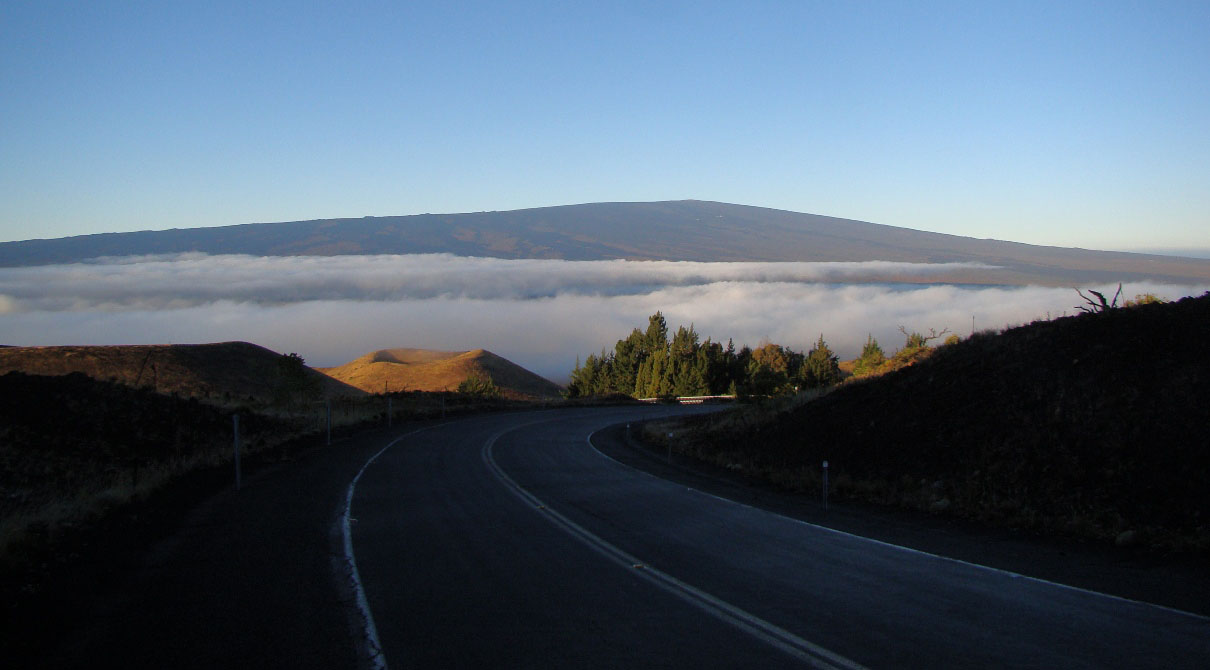 The Hawaiian volcano Mauna Loa was the location for a major monster battle in GODZILLA REBORN. Photo courtesy of Garry Hayes. © Geotripper Images
The Hawaiian volcano Mauna Loa was the location for a major monster battle in GODZILLA REBORN. Photo courtesy of Garry Hayes. © Geotripper ImagesThe action was fairly archetypal. Godzilla stomps his way through most of the islands on his way to Mauna Loa. By the third act, we find out why: an eruption awakens a sleeping monster called Miba, a giant bat-like creature made of molten lava. And the battle is on. (As it turns out, the MUTOs kind of resemble Miba, but it didn’t have legs.)
One of the things I liked most about the script was that it explored the dichotomy between how Americans and Japanese perceive Godzilla, something that had never been done before. We see him as a hero who saves us from other monsters or aliens; the Japanese see him as pure destruction. I really liked exploring that. (Additionally, we made it clear from the outset that this was a real-world Godzilla movie; everyone knows he exists and just accepts this as a fact.) A scene I enjoyed writing was a quiet one in which the two leads really get to know each other while she sits and plays “Round Midnight” on the piano. And when it came time for some much needed exposition, they visit a retired expert named Raymond Burr, who would hopefully have been played by... oh, you know.
Steve Ryfle: After you had a completed draft, how far did the process go? Did you discuss casting? Were any storyboards or concept designs created? And did you bring the project to Toho’s attention?
Michael Schlesinger: I certainly had actors in mind. I wanted to cast people who had definite genre followings: Bruce Campbell, Jamie Lee Curtis, Scott Bakula, Christopher Lee, Leonard Nimoy, Ken Takakura, etc., as well as members of Joe’s stock company: Bob Picardo, Belinda Balaski and of course Dick Miller. The reporter was written for an actress friend who had worked a lot but hadn’t yet gotten a star-making role. Sadly, she later went a little nutty and closed the iron door on most of her friends, including me. I won’t mention her name for obvious reasons.
Toho did read the script -- they asked for one major change, which I agreed to, but they did like it a lot. That’s as far as it got -- no drawings or anything; though it was all in my head, we never got to the pen and paper stage.
 If Sony Pictures had greenlighted GODZILLA REBORN, Michael Schlesinger wanted to cast established genre actors such as Bruce Campbell, Jamie Lee Curtis, Christopher Lee, Leonard Nimoy, Ken Takakura and Robert Picardo.
If Sony Pictures had greenlighted GODZILLA REBORN, Michael Schlesinger wanted to cast established genre actors such as Bruce Campbell, Jamie Lee Curtis, Christopher Lee, Leonard Nimoy, Ken Takakura and Robert Picardo.Steve Ryfle: Why didn’t the project get made?
Michael Schlesinger: By the time I finished the script, there was a new head of production. Sid Ganis had come on board as producer, but he couldn’t get the guy to even read it. His response was, “I’m in the Spider-Man business. $20 million movies aren’t on my radar.” (Apparently had the budget been $120 million, he might have been interested, but that would’ve been insane.) And so that was the end of that.
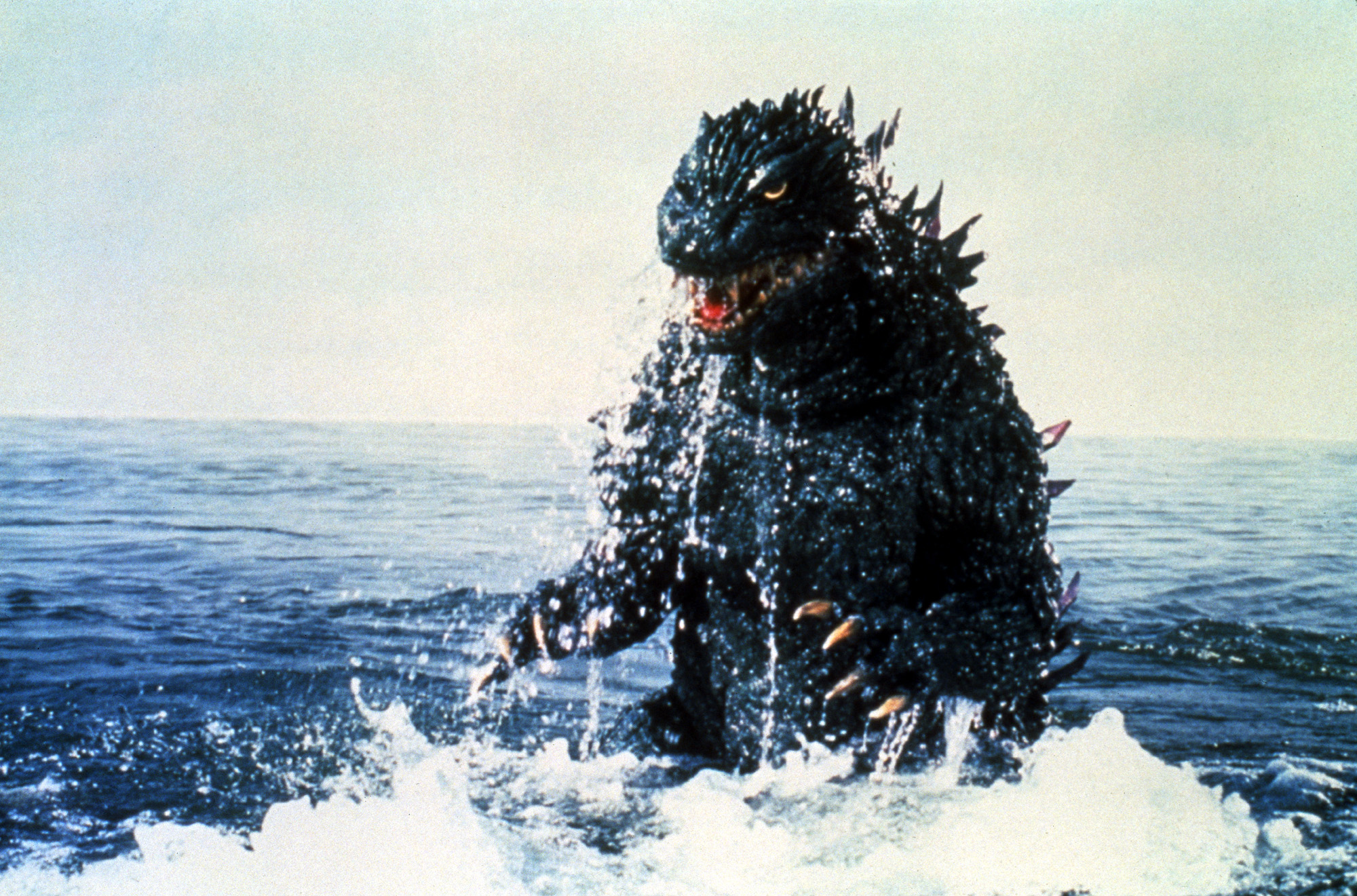 Godzilla almost visited Hawaii more than decade before the release of Warner Bros. and Legendary`s reboot. Photo courtesy of Sony Pictures Entertainment. © 1999 Toho Co., Ltd.
Godzilla almost visited Hawaii more than decade before the release of Warner Bros. and Legendary`s reboot. Photo courtesy of Sony Pictures Entertainment. © 1999 Toho Co., Ltd.What’s really sick is that Sony had already paid Toho $5 million for a sequel, and they just wrote it off. (It since occurred to me that Warners should send a huge-ass fruit basket to that guy, since he was directly responsible for them ending up with the franchise.) I then wanted to shop it to other studios, but Toho insisted on a huge amount of money upfront to let us do that. Which I didn’t have, and thus it died right there.
Steve Ryfle: What were the "Toho requested revisions" that are referenced on the title page? Anything significant?
Michael Schlesinger: The one major change was that Godzilla was killed half-way through the film by the Army, and then cloned when they realized that he was needed to fight Miba. Toho objected to his death, so I changed it to a coma.
Steve Ryfle: Legendary’s GODZILLA is out now, and it’s clear there will be sequels coming. Any parting thoughts on the film, and where they should take the franchise from here?
Michael Schlesinger: As a visual effects film, it’s splendid, but the characters are dull and uninteresting, even when played by such huge talents (the exception being Cranston, who does wonders with a nothing part). If you’re going to make us spend that much time with the humans, you’d better be damn sure they’re worth spending that much time with, and IMHO they’re not. REBORN was all about the humans and how colorful they were. I also felt that they turned Godzilla into Mighty Mouse, showing up near the end as a deus ex machina to save us from the MUTOs. I don’t mind him being off-screen that much, but at least give him more to do than just come in and clean up the mess! As for where they should take the franchise from here, I honestly don’t know. But if it’s just going to be the kaiju equivalent of the Bum of the Month Club, people are gonna lose interest pretty quickly. Toho learned that the hard way more than once.


